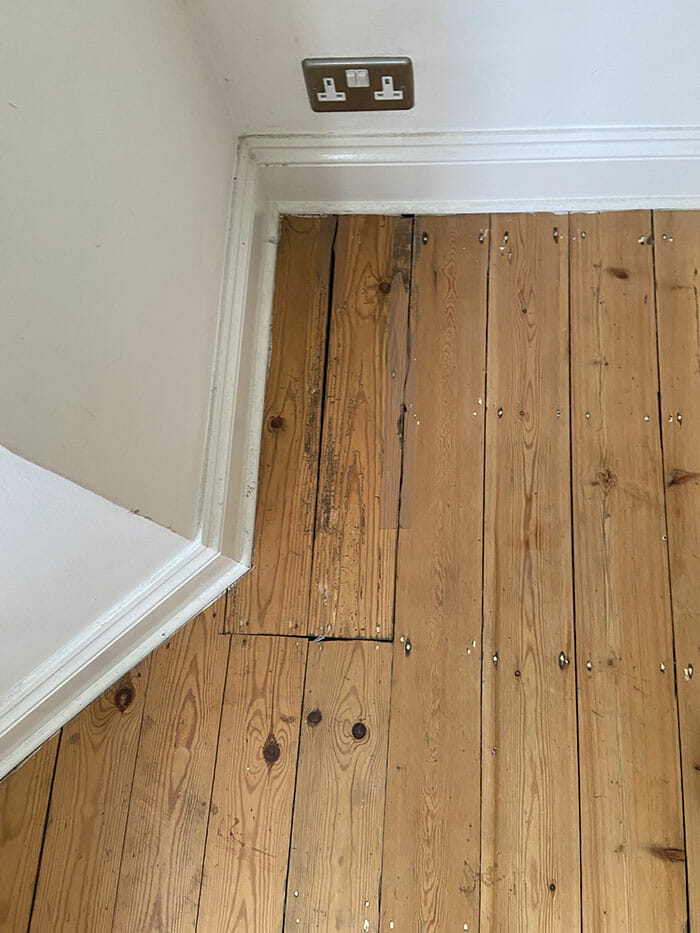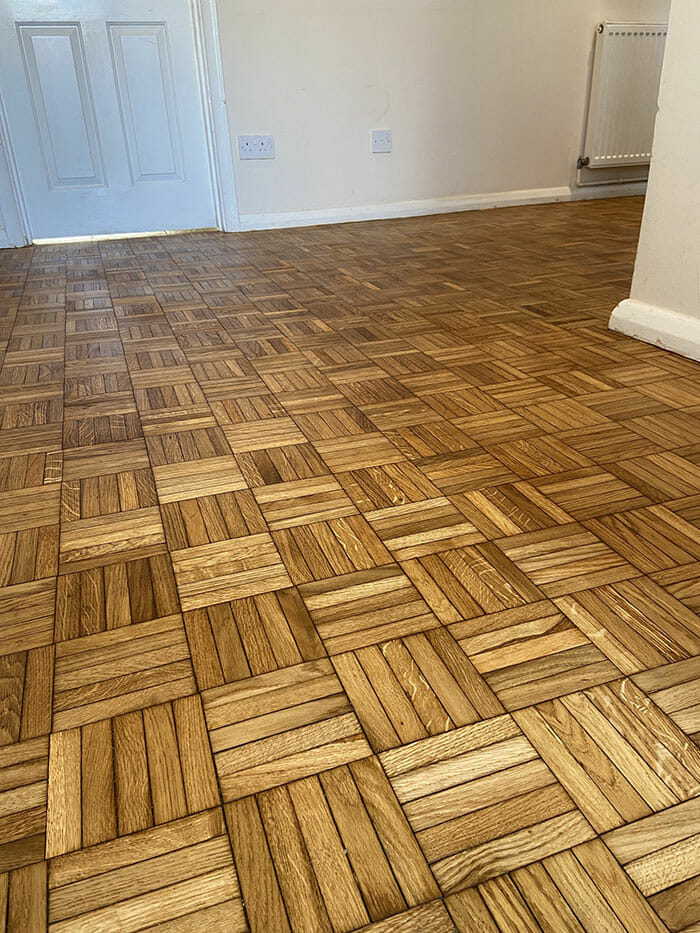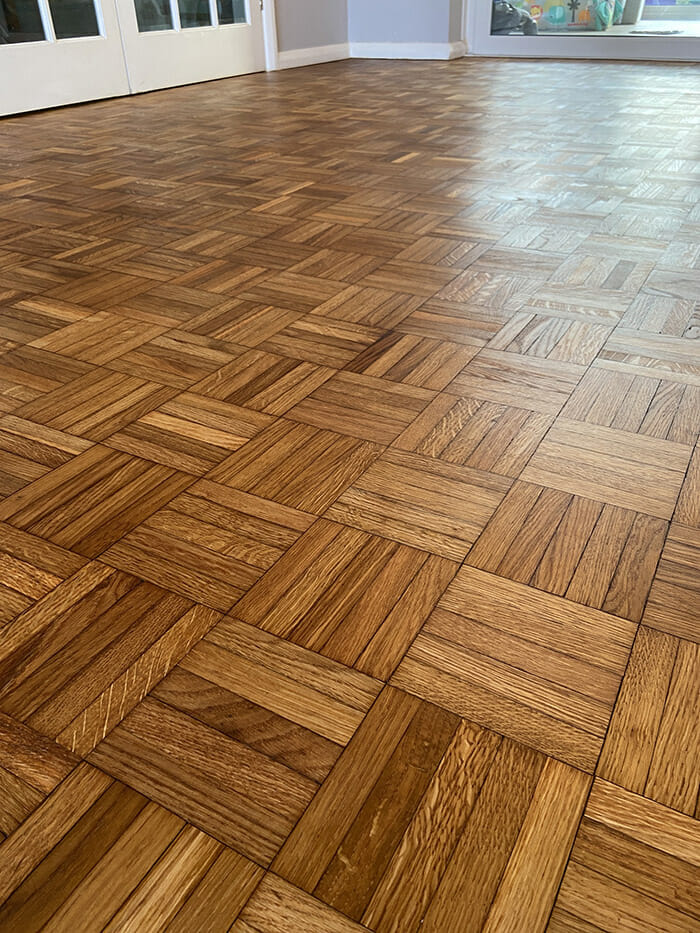To Fill or not to fill, that is the question.
Restoring old wood floors can transform a room or even a whole home. You are removing the damaged and worn area and exposing the lovely, fresh wood underneath. In most cases, the wood floor will appear clean, fresh, and brighter. Having your wood floor sanded and refinished has many transformational benefits.
This article aims to address the following question – What to do about the small holes, imperfections and gaps between the boards?
At Art of Clean, we are often asked this question. We aim to help you understand the options available, so you get the best from your lovely, restored wood floor.
Imperfections and holes
In most cases, imperfections will be hidden below the old finishes. It is only when the wood floor is sanded back and cleaned, will you see the holes, gaps, and discolouration. At this stage, it is best to discuss options with your chosen floor sanding contractor about how to move forward with repairs.
Larger holes are best filled using a specialist 2 component fast setting wood filler. This will allow the work to be completed faster as very little wait time is required. The downside is that the colour is not always a perfect patch. Darker fillers can sometimes make the fill look like a knot in the wood. This sometimes make the repair stand out more. The maximum width that wood filler will fill is 10mm. Bigger holes and gaps can be filled, but the bigger it gets, the more likely it will fall out.
OR
The hole can be filled using resin mixed with sawdust from the floor, resulting in a much better colour match. However, if it is a bigger hole, the filler will not set. Most resin fillers can only be used on smaller holes and gaps.
Gaps between boards
In most cases, a resin mixed with fine sawdust from your floor is the best option. This allows for a significantly better colour match. To achieve the best result filling the gaps, will require the gaps to be of a suitable size 2mm – 3 mm. This will allow the filler to penetrate the gap nicely and gives it the best chance the adhere.
It also allows the filler to dry faster. Bigger gaps, up to 6 mm can also be filled in this way. However, it would be best to leave the filler on the floor overnight and sand it back the following day. This will require more time on-site, and prevent the filler falling out.
So, the question remains – DO you fill the holes and gaps?
A general rule – would the gaps be very narrow but consistent over the floor to leave the floor unfilled.
Would the gaps be wider but perfectly consistent over the wood floor to consider leaving the gaps unfilled?
The above approach is that if the filler starts falling out in the future, it will make the floor look less uniform and unsightly.
Times when filler would be advised:
Uneven inconsistent gaps on the wood floor can be filled. It would be best to consider what factors may have caused or is causing the gaps. Ensure you take moisture readings from the floor as the movement can be due to moisture below the floor.
Holes: Bigger unsightly holes can be filled using the 2-component resin filler if the grain pattern of the floor will hide the fill, making it look more like a knot. Floors with a pale look with minimal grain pattern may be best to replace the damaged board. Speak to your floor sanding contractor for advice.
We’re here to help
Our friendly team are experts in wood floor sanding and restoration. We would welcome the opportunity to provide you with a free site survey and quotation. We’ll help you transform your wood floor to its former glory.




